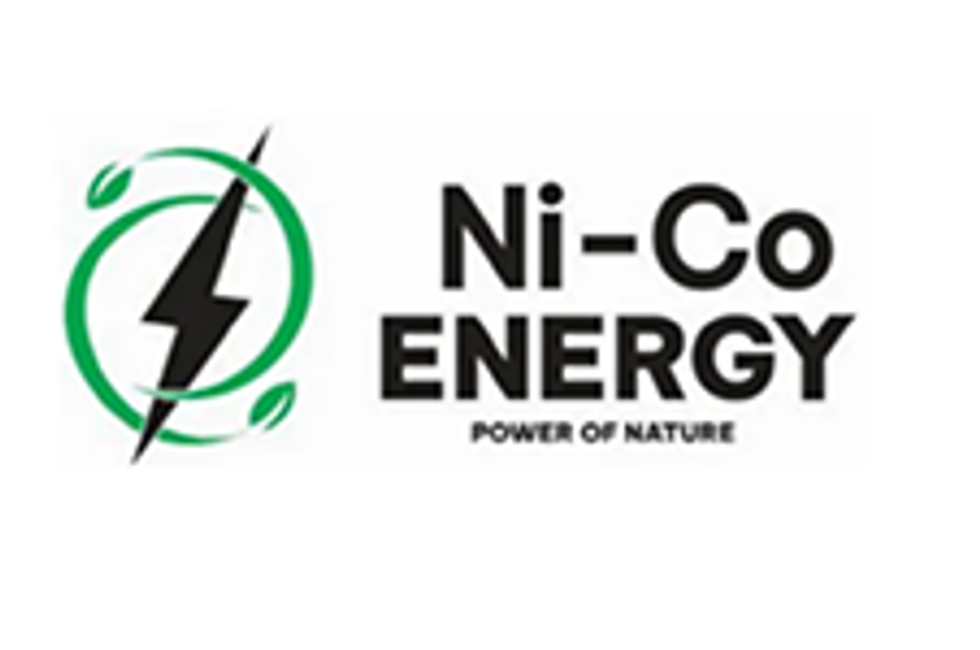Nickel prices on the LME have been on a downward trajectory since March. Weakened demand for steel, increased production of nickel, and many manufacturers seeking substitutes may put create a surplus in 2011.
By Michael Montgomery—Exclusive to Nickel Investing News
Nickel prices on the London Metals Exchange have been falling since March when the metal hit a high of approximately $29,000 per tonne. Since that high point prices have been in a steady decline down to $24,405 per tonne as of May 17th. Several factors at play in this down turn may not be alleviated anytime soon. Due to the increasing use of substitutes for nickel in steel production, as well as new, large scale nickel production, a surplus may develop in 2011.Approximately 60 percent of the demand for nickel is used in stainless steel. Demand for stainless steel has weakened slightly from the double digit growth seen in China over the last few years, while substitutes for nickel in China have grown. Seeking cheaper production costs, China has increased its production of nickel pig iron (NPI). As a result, China will continue to reduce imports of refined nickel over the next few years.
“China, the world’s leading nickel consuming nation, is expected to produce more than 200,000 tonnes of nickel in the form of nickel pig iron, or NPI, this year, compared to 160,000-170,000 tonnes last year,” stated the report from the Economic Times.
China is also seeking to eliminate small production facilities, replacing them with larger, yet more energy efficient plants. This could result in NPI output increasing to nearly 1 million tonnes by 2013 if the currently planned operations are built. This cheaper substitute plays into the supply and demand fundamentals that are controlling the nickel market currently.
Driven by higher prices nickel producers have increased production at existing mines, and some major players have opened new nickel plants worldwide.
While stainless steel demand has grown, nickel is likely to be in surplus in 2011 and beyond. Demand for nickel is set to “rise 7.7% to 1.58 million tonnes this year, while supply growth is expected at 10.1%, leaving the market with a supply surplus of 10,000 tonnes,” reported Yue Li, for Dow Jones Newswires. This surplus is not likely to be alleviated in the short term as new large nickel operations are coming online.
One new operation from is from mining giant Vale SA. The operation is Brazil’s first nickel production plant, slated to be one of the largest ferronickel plants in the world. Vale has stated that annual production from this facility could reach 220,000 tons of ferronickel, containing 53,000 tons of nickel.
There are positive factors that could mitigate the oversupply of nickel. Japan will soon have to rebuild and retrofit the areas affected by the earthquake and subsequent tsunami. Automotive production in Japan slowed after the quake, but should return to normal output levels. The rebuilding efforts in japan should require a large amount of steel, and therefore put upward pressure on nickel demand.
Worldwide steel demand is still set to grow as western economies improve. Growth for steel demand in Europe and the United States is expected to grow by 4.1 and 6 percent respectively. China and India continue to urbanize albeit at a slower pace than the double digit figure over the last few years. This urbanization of China and India should increase the automotive demand, a large consumer of stainless steel. With new production of nickel coming online, only robust steel demand will consume the expected surplus, especially if manufactures seek nickel pig iron as a substitute.




